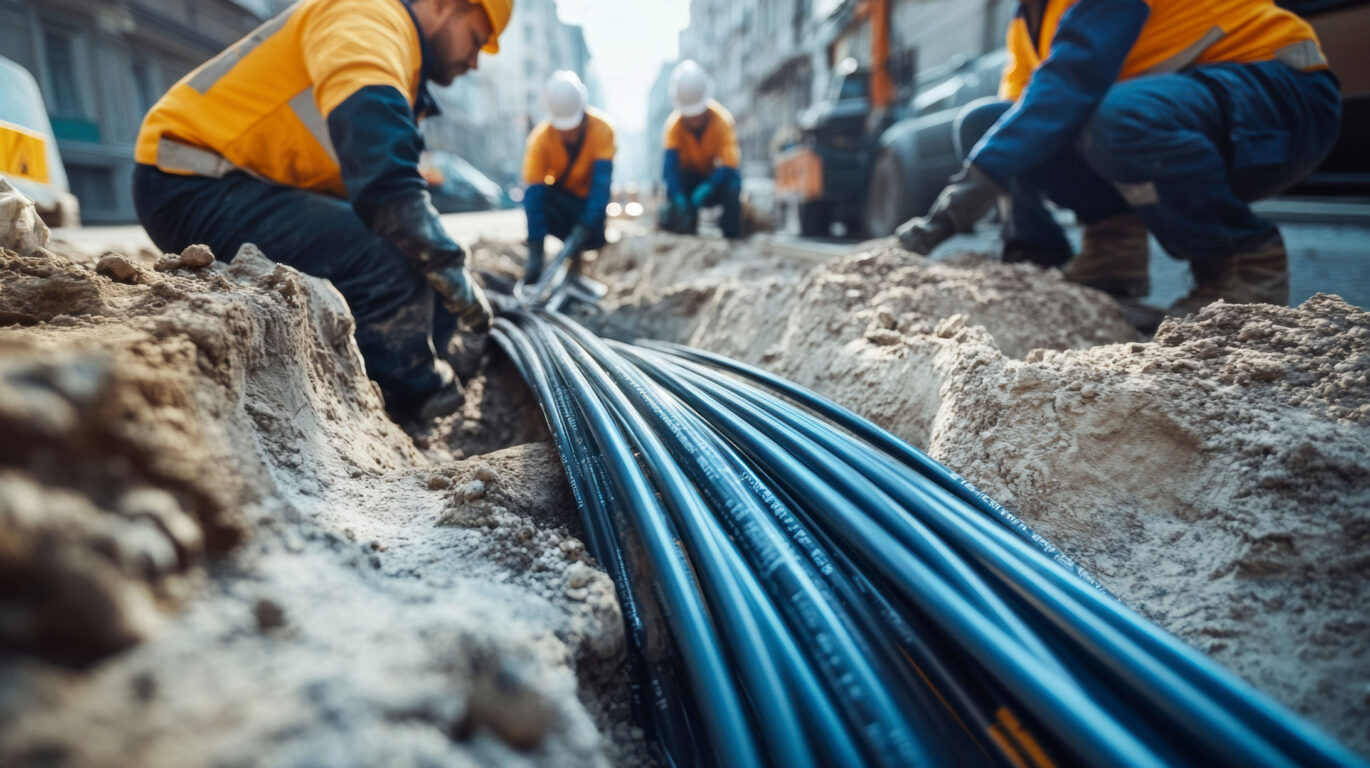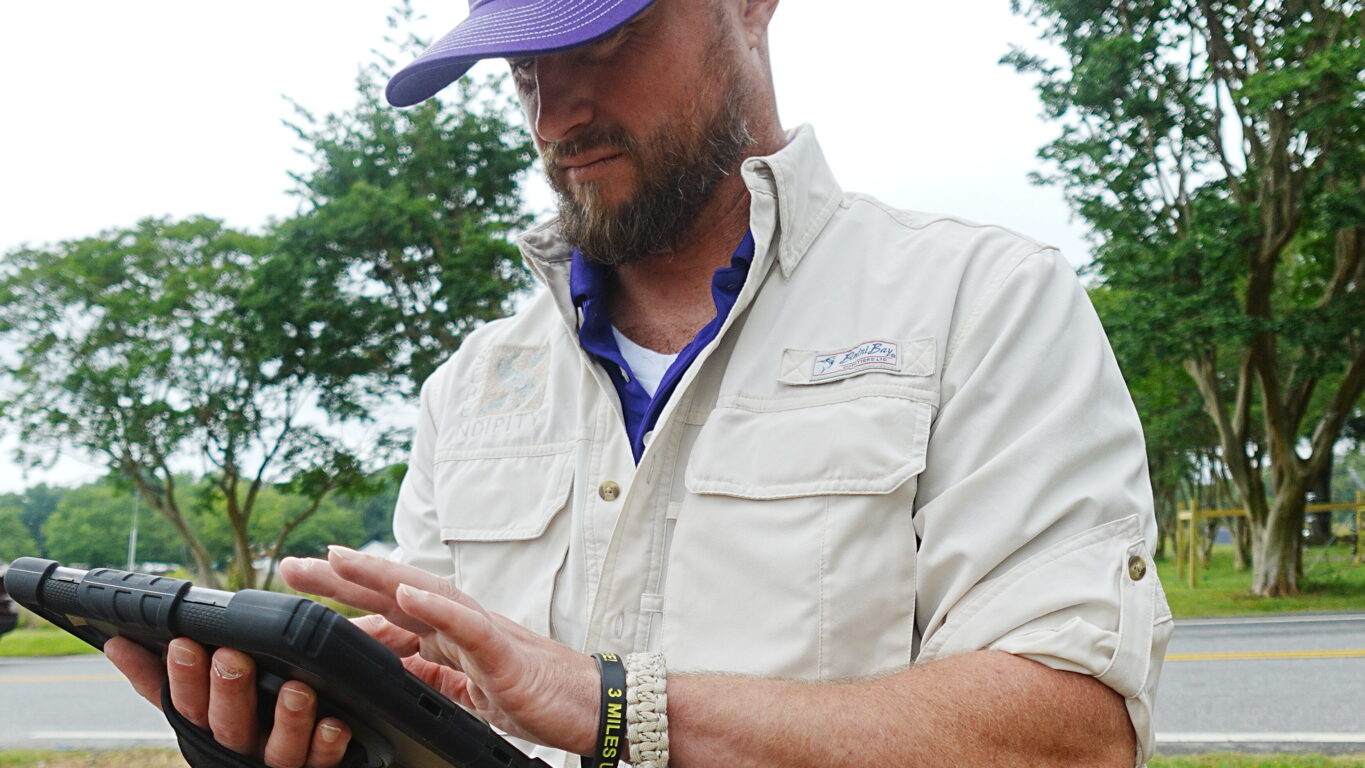The digital divide is a pressing challenge for many municipalities and city-owned networks in today’s increasingly connected world. Despite rapid technological advancements, thousands of communities still face significant disparities in access to high-speed internet. This lack of broadband access exacerbates inequalities in education, healthcare, and economic opportunities, issues that are particularly acute in underserved neighborhoods.
According to the Federal Communications Commission (FCC), over 24 million Americans still lack access to high-speed broadband. For municipal leaders, closing this digital gap is not just a matter of infrastructure; it is a critical component of community empowerment and economic growth. The question is: how can cities effectively bridge the digital divide and ensure equitable access for all residents?

The Urgent Need for Equitable Access
Broadband access is no longer a luxury, it is a fundamental requirement for modern life. From online learning and telemedicine to remote work and small business operations, high-speed internet is at the core of social and economic development. Unfortunately, many communities remain on the wrong side of the digital divide, facing slow internet speeds, unstable connections, or no connectivity at all.
Municipal challenges in fiber deployment are compounded by budget constraints, aging infrastructure, and fragmented data across various departments. City-owned networks often struggle to streamline planning and efficiently manage their existing assets, leading to delays in deploying new fiber networks. The lack of equitable access means that residents in these areas continue to be left behind, further widening social and economic disparities. These challenges highlight the urgent need for municipalities to adopt innovative solutions that enable better planning and more efficient fiber deployment.
Enhancing Community Empowerment Through Fiber Deployment
Municipal leaders are increasingly recognizing that proactive strategies for fiber deployment are essential to bridge the digital divide. By prioritizing investments in high-speed broadband, communities can foster economic development, enhance educational opportunities, and improve healthcare access.
One key strategy is to consolidate network management into a unified platform that provides a comprehensive view of existing infrastructure. This allows municipal planners to identify gaps, schedule maintenance proactively, and optimize their fiber deployment plans. For example, several cities that have adopted centralized asset management approaches have seen significant improvements in project implementation, with faster response times and more strategic allocation of resources.
Digital tools that integrate Geographic Information System (GIS) capabilities with real-time network data have proven instrumental. These systems enable a clear, visual representation of fiber routes and network assets, helping decision-makers to plan expansions and upgrades effectively. The enhanced visibility not only supports efficient resource allocation but also empowers community leaders to make informed decisions that drive local development.

CrescentLink: A Strategic Tool for Municipal Broadband Investment
Addressing the challenges of the digital divide requires more than just vision, it calls for actionable, data-driven strategies. GEOGRAPH’s CrescentLink platform is designed to support municipalities in overcoming these obstacles. With its comprehensive asset management capabilities, CrescentLink enables cities to plan and deploy fiber networks with greater precision and efficiency.
CrescentLink integrates advanced GIS mapping and real-time interactive visualization tools that offer a centralized view of all network assets. This integration supports effective fiber deployment by streamlining workflows, ensuring up-to-date data, and facilitating proactive decision-making. Municipal leaders can use these insights to pinpoint underserved areas and strategically invest in infrastructure that promotes equitable access for every resident.
While CrescentLink is one of many tools available, its approach to comprehensive asset management and dynamic mapping positions it as an essential component of modern municipal broadband strategy. By making use of such innovative digital solutions, cities can not only close the digital divide but also empower their communities through better connectivity.
Looking Ahead: Empowering Municipal Networks for the Future
The challenge of bridging the digital divide is formidable, but it is not impossible. Municipalities that prioritize high-speed broadband access can drive significant improvements in quality of life for residents. In today’s competitive and fast-changing environment, ensuring equitable access to broadband is fundamental for community empowerment and sustainable economic growth.
As municipal networks continue to evolve, embracing digital tools like CrescentLink will be key to overcoming the obstacles of fragmented asset data and inefficient fiber deployment. By harnessing the power of comprehensive asset management and real-time mapping, community leaders can craft a future where every resident enjoys reliable connectivity,. a future where the digital divide is a relic of the past.
Bridging the gap in broadband access is not only about technology deployment; it’s about fostering inclusive growth and ensuring that every community has a seat at the digital table. For stakeholders in municipal and city-owned networks, the goal is clear: invest in strategies that promote equitable access, empower community development, and lay the groundwork for a brighter, more connected future.



